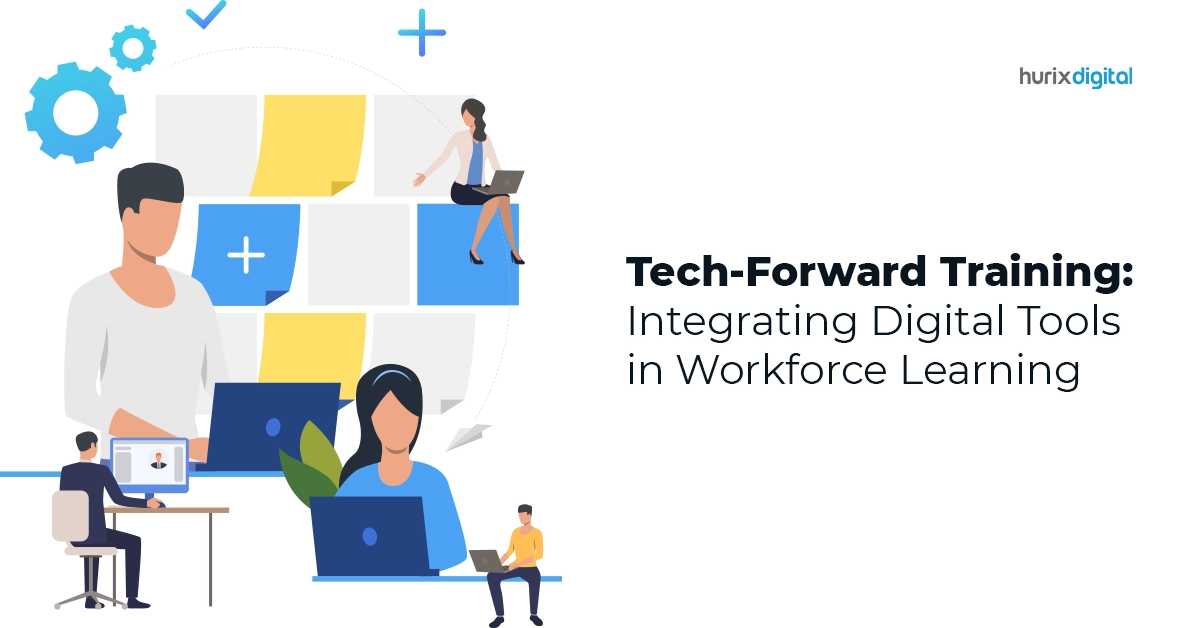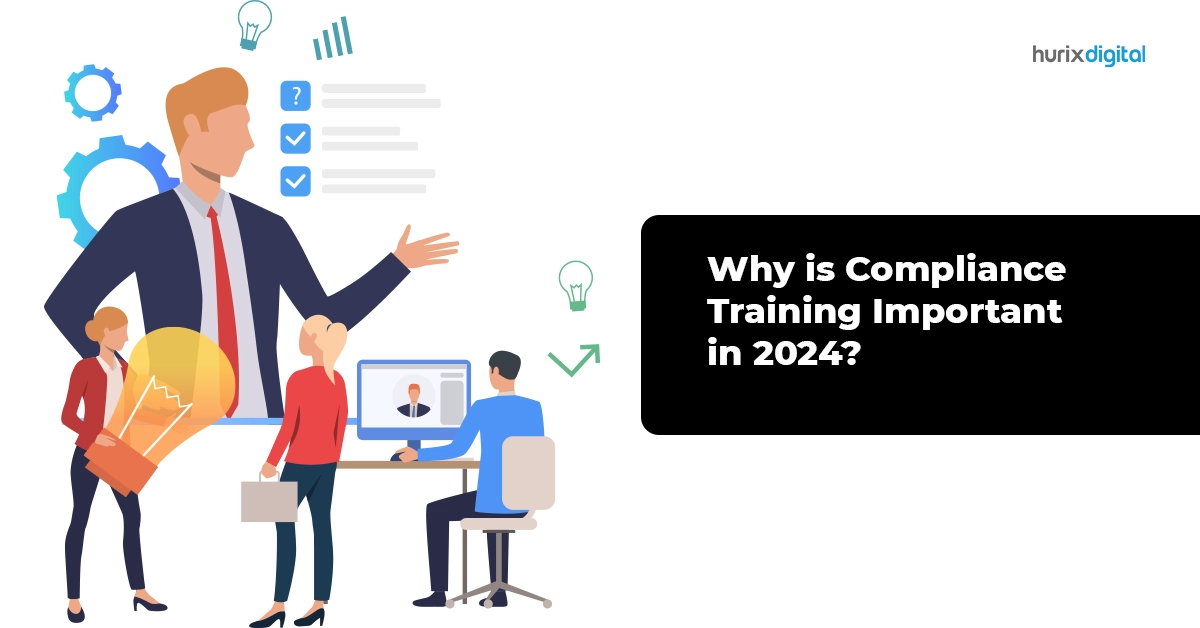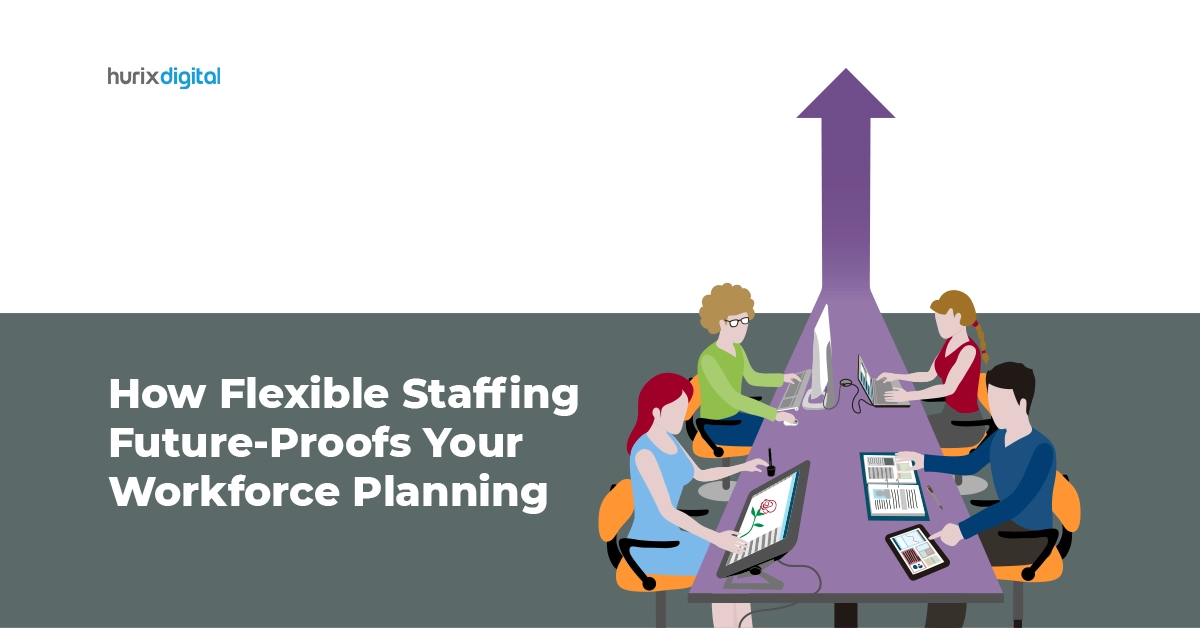Accelerating technological innovations pose many unique and complex challenges in the workplace today that employees have to tackle daily. The post-pandemic norm of remote and hybrid working further adds to them.
The latest workforce learning statistics prove that business leaders must upskill their workforce to meet these challenges and prepare for a rapidly changing future.
This calls for an organization that reinforces a learning culture and finds its workforce more resilient, prepared, and ready to drive business impact. When employees are empowered to advance their skills and career through a multi-modal learning approach, their engagement with the organization skyrockets.
In this blog, we will look at the state of current workforce learning along with the upskilling trends, what skills employees focus on, and their preferred learning methods.
Workforce Upskilling Statistics
With the rapid change in skills needed in the workplace, skill attainment becomes a continuous process.
Employees today must be agile and ready to upskill themselves in technical areas and their functional roles to stay relevant. An organization-wide learning program and support culture will help get there.
Here are some interesting statistics that reflect the need for skill development and employees’ commitment to upskilling:
- The Udemy Business Platform saw the total learning hours for technical skills increase by 49% this year compared to last year.
- The response to the pandemic has fast-forwarded digital adoption by five years. More than 58% of the workforce reported skill transformation since the onset of COVID-19.
- According to Gartner, the skill required for a single job is increasing by 10% year-over-year. On the other hand, 30% of skills needed three years ago will soon become relevant.
- A PwC survey found that 40% of workers improved their digital skills during the pandemic, and 77% are ready to learn new skills or completely retrain.
- An ADP study reveals that almost 70% of employees worldwide contemplated a significant career move in 2022.
What Are Employees Learning at Work?
To succeed in today’s competitive workplace, employees cannot be complacent with the skill set specific to their given role. They are continuously looking to expand their capabilities across broader categories, focusing on training ranging from business and tech skills to personal development.
Here’s a look at the top consumed skills over the past year:
- According to the data on Udemy business, 50% of the learning hours spent on the ten most consumed business skills were spent on leadership and communication capabilities.
- Cryptocurrency and Stock trading are among the highest consumption topic in the finance category on the Udemy Platform. Similarly, SAP and financial accounting are the skills that have seen the highest increase in consumption.
- Digital marketing is the highest consumed skill in marketing at Udemy. 90% of marketers say they have changed their digital engagement strategy by at least some degree since the pandemic.
- The top surging project management and operations skills in Udemy include six sigma yellow belt, Professional Scrum Product Owner (PSPO), Lean manufacturing, and Kanban.
- Customer experience management is the most surging course in Sales. Learners also built their skills on technology that powers sales, such as salesforce software and SAP.
- Consumption of technical skills on Udemy Business has grown by 49% in aggregate year-over-year. The top consumed technical skills are cloud computing and data analysis & security.
- Python is the most consumed development skill for its application in software development and data science projects.
- Excel, PowerPoint, Excel VBA, Microsoft Power Automate, and Pivot tables are among the top consumed office productivity skills.
- Personal productivity, time management, English language, English grammar, and IELTS are among the top consumed personal skills.
Other General Workforce Training Statistics
Companies use different workforce training delivery methods that significantly vary with company size. According to the 2022 Training Industry report, instructor-led or classroom-based training remains the most preferred delivery method by small, midsize, and large companies in the U.S.
- 44% of small companies prefer instructor-led training, while only 27% use blended learning methods and virtual classrooms. In the case of mid-sized companies, 39% use instructor-led training, 25% use blended learning, and 17% use virtual classrooms. For large companies, the use of instructor-led training decreases to 36%, and the blended learning approach increases to 34%.
- Midsize companies (6%) are the highest users of mobile-based learning, followed by small (5%) and large companies (4%).
However, online and virtual learning solutions are rising globally and are preferred by employees as they provide more flexible schedules and learning paces. They are most popular among busy professionals:
- 68% of employees prefer to learn or train in the workplace.
- 58% of employees prefer to learn or train at their own speed.
- 49% of employees prefer to learn or train when necessary.
Need-based training contributes to high employee satisfaction and helps them develop a positive attitude toward learning. Providing opportunities for growth through training can also increase employee loyalty toward the organization.
- 39% of U.S. employees consider growth potential as a contributor to employee satisfaction.
- 94% of employees would stay longer in companies willing to invest in their professional development.
Final Words
With the right learning program, organizations can support, upskill and prepare their employees for what comes next. However, offering just any learning program is not the answer. For best results, the learning and skill development should connect with the organization’s objective, goals, and employee’s functional role in the workplace.
Hence, a practical, integrated, and customized learning solution is the need of the hour for all businesses to propel their growth forward.
At Hurix, we help institutions across industries achieve their learning goals with our customizable e-learning content solutions that are unique to their needs. Our intuitive solutions are equipped with the best-in-class technology and software infrastructure to provide a holistic learning experience fit for modern-day learners.
Get in touch with us to learn how we can help empower your institution with our custom learning management and support solutions.











